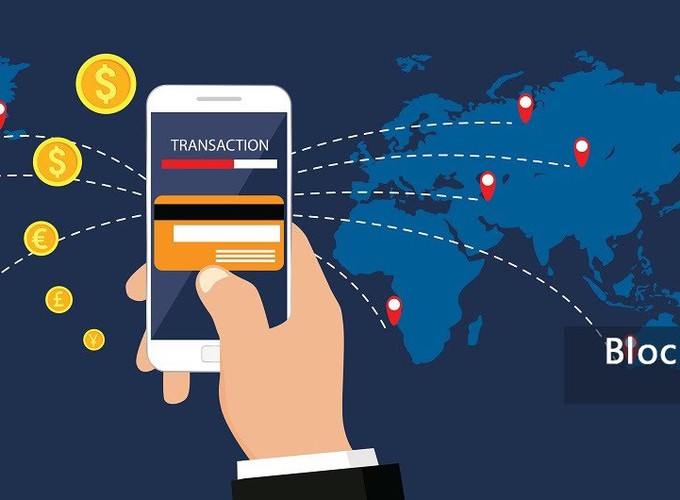Today every big company you can think of is investing in Blockchain. From Tech giants like Microsoft and IBM to Financial giants like Goldman Sachs, everyone is trying to be a part of this Blockchain revolution. But to a layman, what is blockchain? How is this technology any better than the current system?
Briefly, Blockchain is the decentralized and distributed collection of records.
Is that it? From a broad perspective- Yes! That’s it.
Let’s understand this system with an example.
Imagine you are playing gambling with your friends but none of you has any cash at the moment. So you all decide to keep a record of how much each person bets, wins or loses. And later based on the record, you would make the payment. But how can you trust a single person to keep the record? He might tamper with it. So you all decide to keep an individual copy of the record. Anytime, someone wins or loses some amount, each of you makes an entry in your record. Finally, at the end of the game, you compare all the records. The one which doesn’t match is the false record.
This is what decentralization means. Not letting a single organization or an individual, be an authority over the data. In our current dominant system, we have the banks, as the regulatory authority. But in Blockchain, there is no single authority. Track of every transaction is kept in records called ledgers, and a copy of each ledger is kept by a large number of nodes.
Now the question is, who maintains the ledger. Is each person or node in the network responsible for maintaining the ledger? Actually, No. The answer to this question depends on the implementation of the blockchain.
Let’s see the example of cryptocurrencies. In cryptocurrency market, to keep each transaction unique, most blockchain implementations use cryptography. Each Transaction is encrypted using some crypto algorithm like SHA-256 (bitcoin), KECCAK-256 (ethereum) etc. It’s not easy to decrypt these transactions. It requires high computing machines to iterate over a large range of possible answers and find the correct match for the transaction. So whoever owns such a machine can help in validating the ledger and adding to the blockchain. In return, they are paid by the system itself. Any further, this discussion might shift from blockchain to cryptocurrencies. Yes, the thought of blockchain originated for bitcoin, and bitcoin currently is the biggest implementation of the blockchain. But today the usage of blockchain is growing in almost all fields.
And this is why the one line definition,” Blockchain is the decentralized and distributed collection of records “ is very accurate. These records could be anything. They can records of events, medical records, and other record management activities, such as identity management, transaction processing, documenting provenance, or food traceability. They can be recorded safely and uniquely over the blockchain. Variety of applications is one of the biggest reason every big organization is trying to be a part of Blockchain.
Conclusion: This was my first article about the Blockchain. In the subsequent articles, I’ll talk about the technical implementation of the blockchain. How different companies like Microsoft are trying to make blockchain better. And most importantly how we can be a part of this blockchain revolution.
If you are interested to study more about the whole blockchain revolution, I would suggest this book: Blockchain Revolution: How the Technology Behind Bitcoin Is Changing Money.
